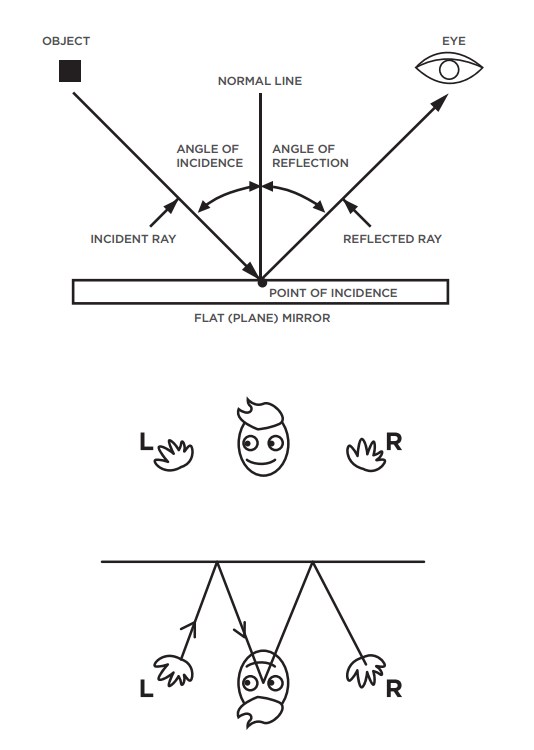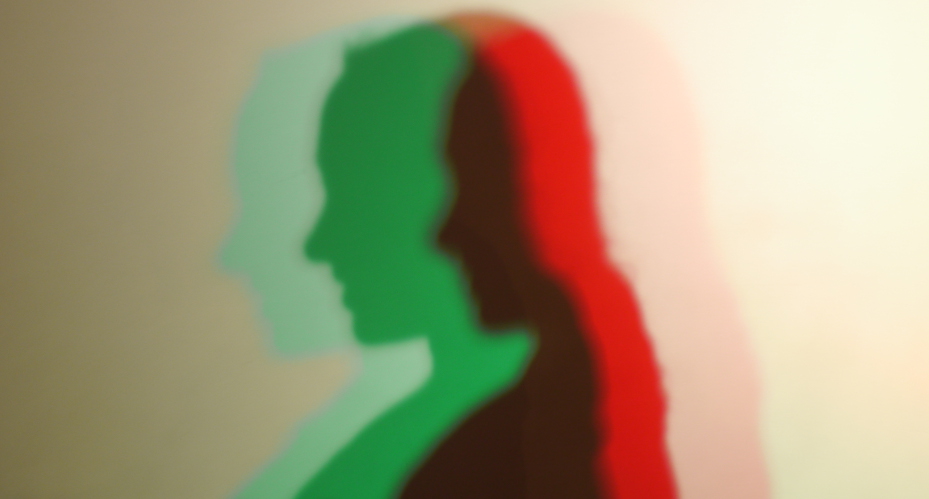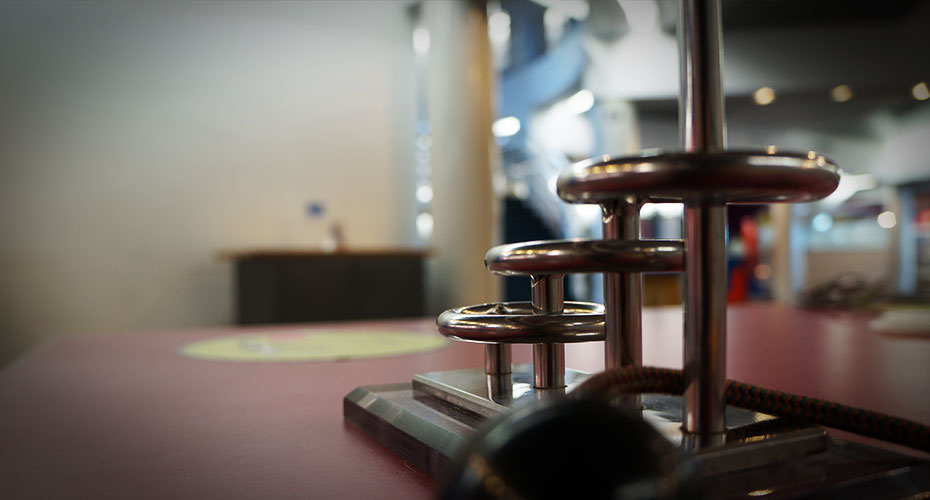We’re all used to seeing ourselves in the mirror many times each day, but are we seeing ourselves exactly as we are?”
What is a mirror image, anyway? This game introduces the idea of mirror images through fun, physical action.
Mirrors and Light
Light is a type of energy that we can see, and mirrors are a great way to teach the properties of light. When light meets the surface of an object, three things can happen. The light can be bounced (reflected), bent (refracted), or absorbed.
Reflection
When light from an object hits a flat, shiny surface, nearly all of it bounces off (is reflected) in a predictable way. The light bounces back at the same angle it came in at. When your eye catches the light, it appears as though it came from behind the mirror.
However, this is not really the best way to describe the reflection of a light ray. Light rays have a wave nature. Waves are often described as “turning back” rather than “bouncing” when they reflect.

When you look in a flat mirror, you see a reflection of yourself that is the same size as you but reversed.
Right and left are reversed in the image because a light ray coming off your right hand bounces off the mirror, and into your eye. To your eye and brain, the light ray appears to have come from the left hand of someone who looks just like you, standing on the other side of the mirror. Because the image is “behind” the mirror, your right hand is their left one.
We may describe a reflected image as “switched from side to side”. But really, a mirror only changes the direction the object is facing into and out of the mirror. That is, back to front or front to back .


